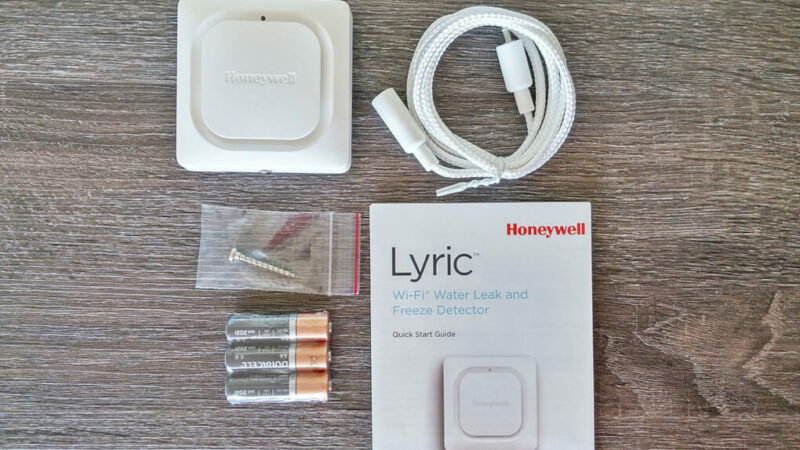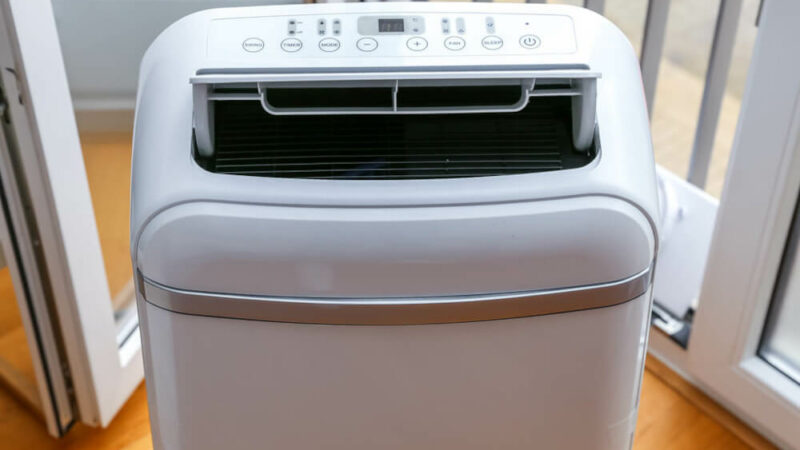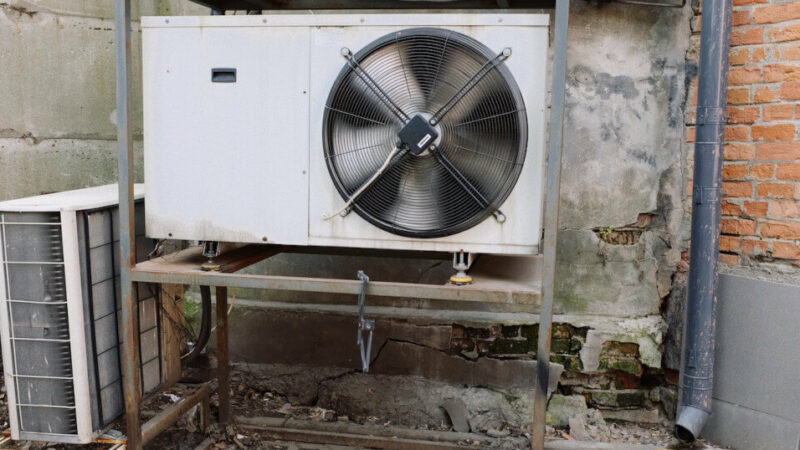What You Need to Know About Vintage Ceramic Tiles
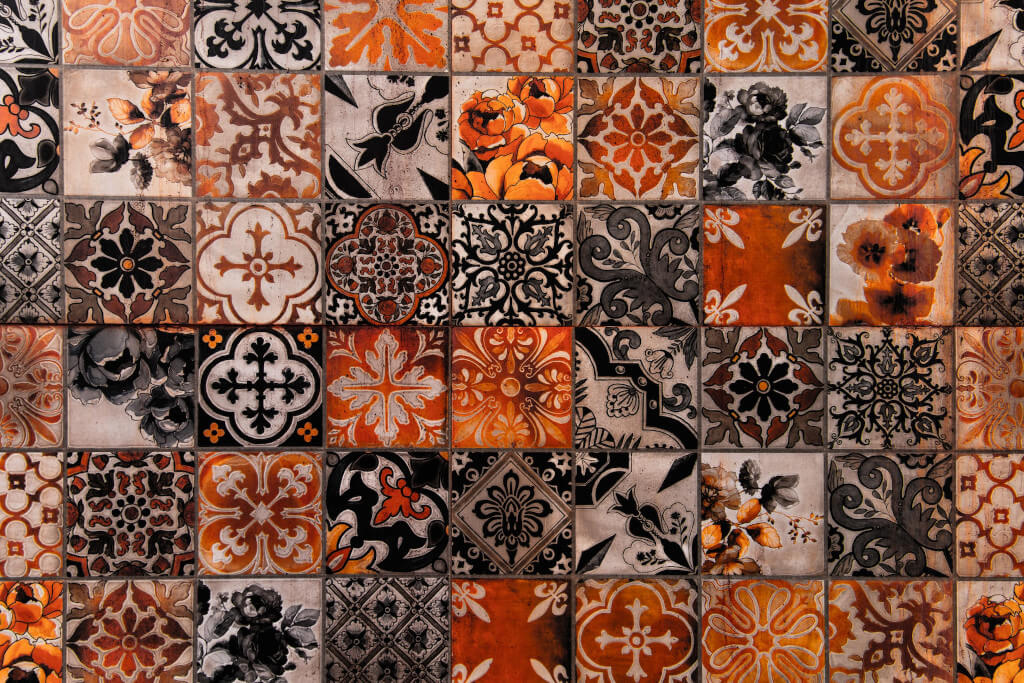
The incorporation of vintage tile into the layout of a home is a sought-after but complex endeavor for many homebuyers. This is everything you need to learn regarding vintage tiles.
What Exactly Is an Antique Tile?
The word “vintage” is used carelessly quite frequently. The point in time at which tile is considered to be vintage cannot be pinpointed with absolute certainty.
According to Josh Blanc, an artist and the proprietor of Clay Squared to Infinity in Minneapolis, Minnesota, “vintage tiles in America seem to be tiles that were fitted into homes that were constructed between the years 1890 and 1950.” Each era is characterized by its unique colors and styles.
According to Scott Wells, proprietor of Wells Tiles & Antiques in Los Angeles, vintage tile may be of more recent vintage. According to Wells, “after being in the industry of selling tiles for the past 30 years, we’ve discovered that the word “vintage” is applied in a very loose manner.”
Measurements, glazes, and other elements of the manufacturing process are some of the factors that determine the vintage status of tiles. Blanc asserts that all periods utilized unglazed porcelain tiles, which allowed the color to permeate the entirety of the tile. According to him, most Victorian floor tiles featured borders and ornately decorative patterning on their surfaces.
According to Blanc, bungalow-style homes, such as the prevalent Sears, Roebuck, and Co. kit housing of the early 20th century, “tend[ed to use unglazed glazed ceramic hexagons and utilized solid colors with florets and relatively small florets as their tools.”
Blanc claims that homes built in the middle of the century “ended up going to multi-sized styles” and frequently used unglazed porcelain tiles with dimensions as small as 3/4 inches by 1 9/16 inches.
Is It Possible to Use Contemporary Tiles to Complement Vintage Tiles?
If you are only looking to replace a tiny segment of your vintage tile, you may have a difficult time finding a suitable replacement. Blanc says that modern reproduction tiles concentrate on a small number of iconic works and create them in large quantities at a low cost. One example of this would be tiled in the shape of hexagons that are white with black florets. “They look like a quintessential tile from the bungalow era,” he says, “but they give very little personalization or varieties in colour schemes and dimensions.”
In many instances, contemporary tiles simply will not be able to match the quality of vintage tiles due to the different glaze techniques that are used. Even if you are unable to find an exact match, skilled artisans such as Blanc and his team can generate reproduction vintage tiles that abide by the patterns and color palette of the original tiles.
Is the Make of the Vintage Tiles Better Than their Modern Counterparts?
Simply because they prefer the look, many homeowners are interested in preserving or recreating vintage styles in their homes. However, apart from the fact that it looks better, are there any other benefits to using vintage tile, or is contemporary tile superior? The older pieces are more prominent in Wells’ collection.
“The majority of our aged tiles are roughly half an inch thick,” says Wells. “On the other hand, the number of recent tiles is between one-fourth and three-eighths of an inch thick, so I’d say it is not as long-lasting.”
Blanc asserts that “the tile sector anticipates house owners to alter styles and rip out what has been put in when the following trend takes shape.” Ceramic tile, on the other hand, is exceptionally long-lasting and, according to him, “is intended to be a 100-year product no matter what tile you choose.” The quality of the installation will determine how long a tile project lasts and how well it will look.
The Proper Way to Clean Vintage Tiles
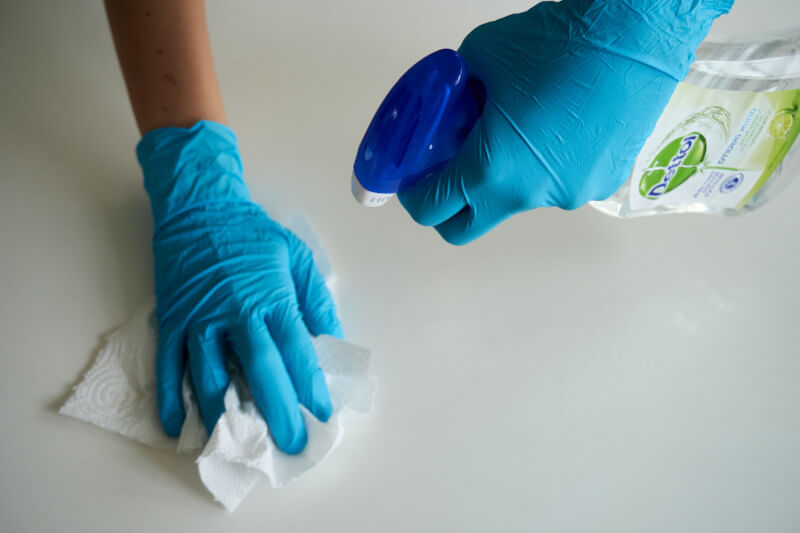
Blanc states that “grout must be replaced on a semi-regular basis depending on use” and that this reapplication is necessary. It helps homeowners save a significant amount of money and helps their tile installation look like it was done just yesterday. Blanc suggests combining the following components in a cleaning agent if you choose to tackle routine tile maintenance on your own:
- 1/4 cup of white vinegar
- 2 teaspoons of borax
- 3-1/2 cups of hot water; 20 drops of essential oil (he likes lemon or lavender)
- 1/4 cup of liquid dish detergent
After the ingredients have been combined, pour the mixture into a spray bottle and then mist the tile flooring. After that, wipe it down with a paper towel or a clean cloth to dry it. You could also use a soft bristle brush or sponge instead, but you should avoid using any cleaning tools that are too abrasive.
Is It Possible to Restore Vintage Tiles?
If a routine repairs or maintenance task in your home caused a few tiles to break, you could put them back together piece by piece and then reinstall them. However, there is a low probability that the maintenance will be “unnoticeable.” Cracks along patching lines are going to be visible unless you had clean breaks and kept all of the tile pieces.
Blanc also says that if the tiles were damaged because of a structural issue, you will probably need to etch them out of the wall to investigate the issue.
Where to Purchase Old Ceramic Tile
“It is usually recommended to search for the vintage tile if one is attempting to replicate an existing installation,” says Wells. “Even if the new tile has the same design as the original vintage tile, it would still stand out significantly next to the old tile,”
According to Wells, his store in Los Angeles carries the largest stockpile of vintage tile in the entire country. In spite of this, you should be ready for some degree of adaptability if you’ve got a sizable tile project planned and you are dead set on using vintage tiles. “It’s challenging to find a significant quantity of vintage or antique tile, so locating sufficiently, particularly from one supplier, for an entire house would be a challenge,” he says.
The studio and showroom that belongs to Blanc are dedicated to selling vintage reproduction tiles. In addition, he suggests that you check out Restoration Tile, which is yet another manufacturer of historic reproductions. In addition, he is a fan of the website Retro Renovation, which is a source of information online for restoring vintage homes and finding vintage building materials. You can find authentic vintage tiles a little bit closer to home by searching secondhand shops and companies that deal in architectural recycling.

